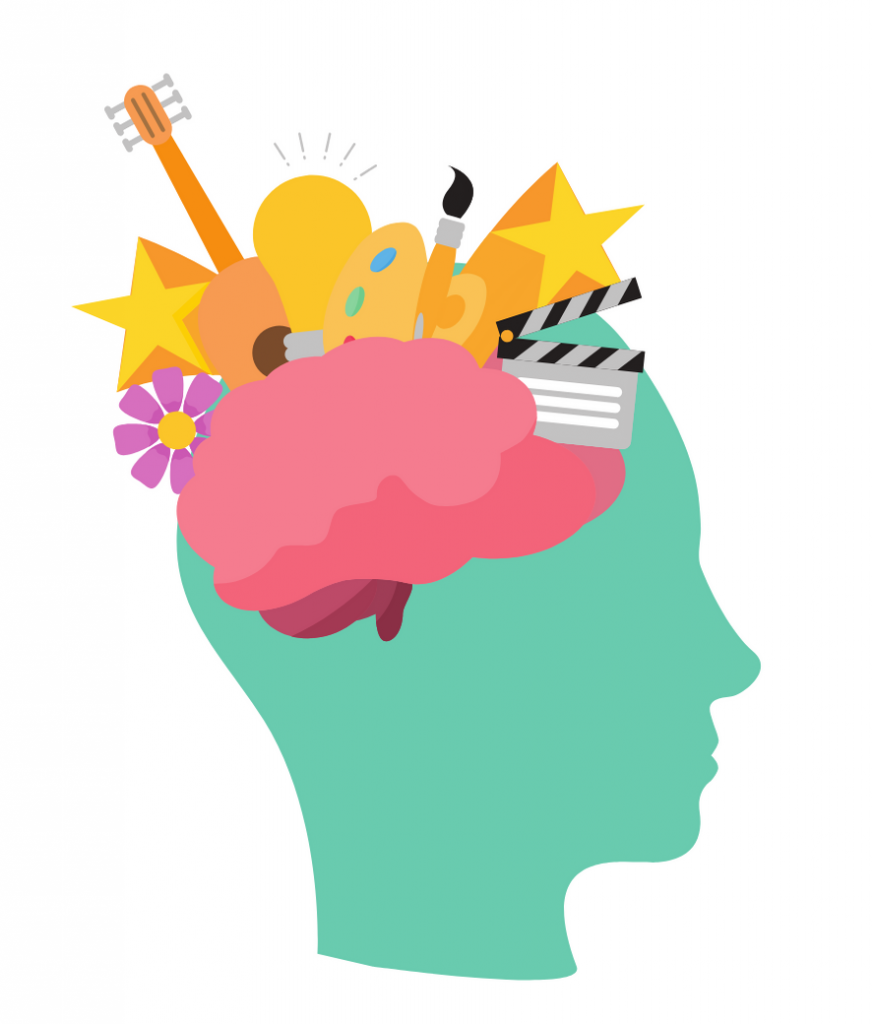Coach teachers in and model design and implementation of technology-enhanced learning experiences emphasizing creativity, higher-order thinking skills and processes, and mental habits of mind (e.g., critical thinking, metacognition, and self-regulation)
ISTE Coaching Standards (2014)

Resonant Ideas: Enhancing Creativity with Technology +
Mental Habits of Mind
Enhancing Creativity with Technology
Technology tools that are available to students today offer amazing opportunities for creative expression. In my post Digital Storytelling, I explore how the multilayered demands of digital storytelling (text, voice-over, music, images) can challenge students to engage more deeply in the storytelling process while using higher order thinking skills to convey their message. As part of this post, I include a list of resources and best practices for using digital storytelling in the classroom.
This past year I worked with a first grade teacher to design a lesson that integrated technology as part of her National Board Certification renewal requirements. Students used Scratch Jr. to create a narrative of a trip they had taken by recording dialog and coding animated sprites and backgrounds they either drew or selected. In addition to having a lot of fun creating their characters and recording their voices, students explored the concept of sequence in both storytelling and coding.
Promoting Mental Habits of Mind
One of the first assignments we had in the DEL program was to creatively show what we had learned from reading Howard Reingold’s book Net Smart. I chose to focus on metacognition and mindfulness in this Microsoft Sway presentation. A key take-away was to always have a plan before going online and be aware of whether the minutes spent are supporting or detracting from the plan. This is advice we should be giving our students on a daily basis.
In addition to being important for self-regulation, metacognition can help students become better learners. Through work I did for my post “Just in Time: Formative Assessment” I learned that formative assessment is one of the most effective of all interventions in improving student performance. Students deepen their understanding when they have to evaluate their own and other’s work and when they receive timely feedback on their performance. (For more on formative assessment, see ISTE Coaching Standard 2g)
As part of the 4th grade lesson on electrical circuits using Makey Makey and Scratch, I created an Engineering Notebook where students could answer questions about the project and record observations. It also provided a place to reflect on what did or didn’t work, both for the input device they were creating and in their team’s interactions.
Explaining your work to a partner is another example of employing metacognition and is one of the many advantages of Pair Programming, the subject of a project and post I did for our Digital Learning Environments class.